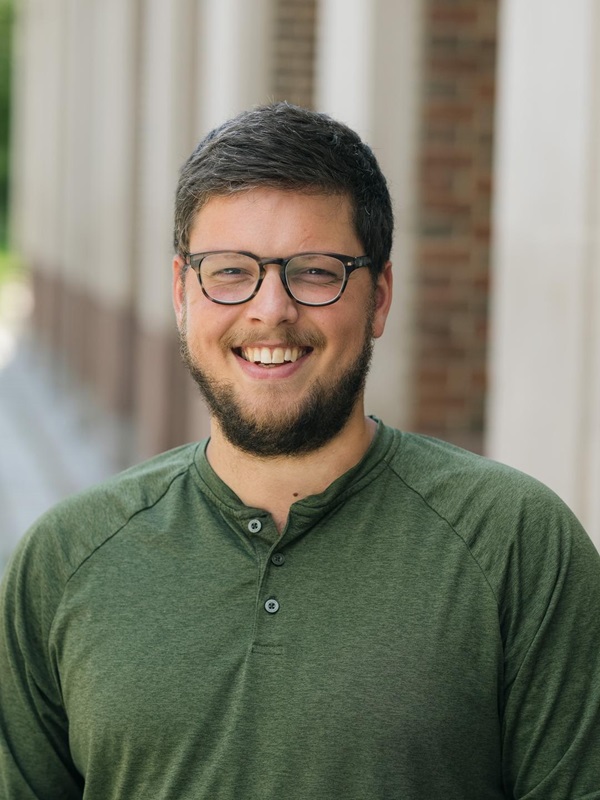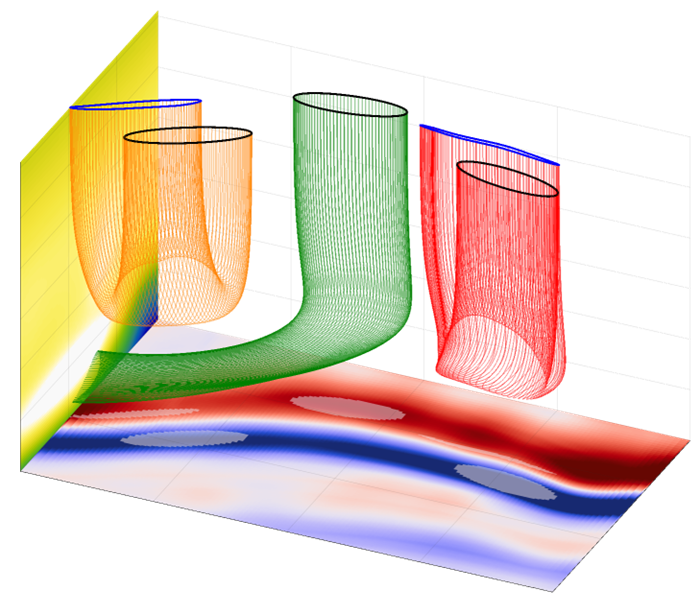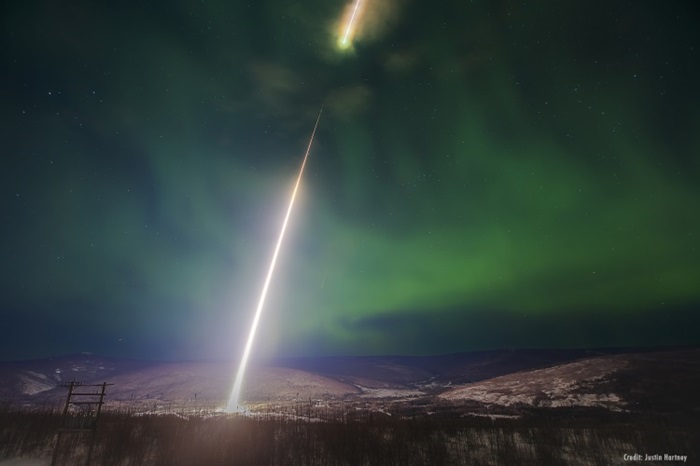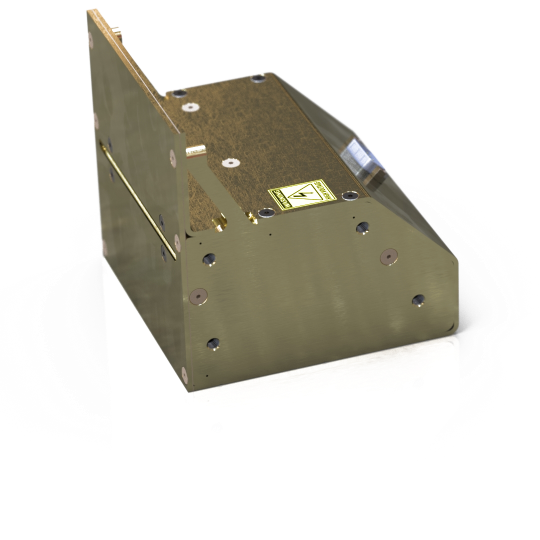
Hello! My name is Jules van Irsel.
I'd like to welcome you to my online portfolio and share some of my personal and professional endeavors;
I am a plasma physicist, rocket instrument scientist, and former mechanical design engineer,
and on July 8, 2025, I successfully defended my Ph.D. dissertation.
My research covers electric current connectivity in the upper atmosphere surrounding aurorae using 3D, multi-fluid, magnetohydrodynamic simulations.
By applying innovative methodologies, I utilize a wealth of heterogeneous, multi-platform measurements and state-of-the-art data reduction techniques, modeling, and visualizations to provide cutting-edge science.
Driven by intellectual curiosity, I actively cultivate a diverse range of skills.
Having over six years of hands-on experience in laboratory plasma testing of ion flow rocket instruments, I have developed strong practical expertise.
I am adept in mechanical and electrical engineering, manufacturing, testing, and computer-aided design.
In addition, I am also proficient in the core branches of physics, multilingual computational physics (Python, MATLAB, Fortran, etc.), and large-scale data management.
Overall, I thrive in community-driven teams motivated by a common goal, and I pride myself on my ability to communicate ideas to diverse audiences with varying levels of expertise.
Aside from my goals as a plasma physicist, I am also a board member at Van Irsel Medical.
My brother asked me to join him as co-founder back in February, 2025, and I gladly agreed.
I provide technical consultation—algorithms, software, machine learning, radiation physics—perfectly complementing his limitless innovation and creativity.
This promising MedTech start-up addresses a critical void in radiotherapy outcomes: system-level, fully-passive patient positioning.
I built this website from scratch to showcase and expand upon my curriculum vitae, highlighting my accomplishments and experiences in greater detail.
Additionally, this project has allowed me to learn and apply HTML, CSS, and JavaScript, turning the process into an exciting and rewarding learning experience!
Thank you for your time and interest in my work!



